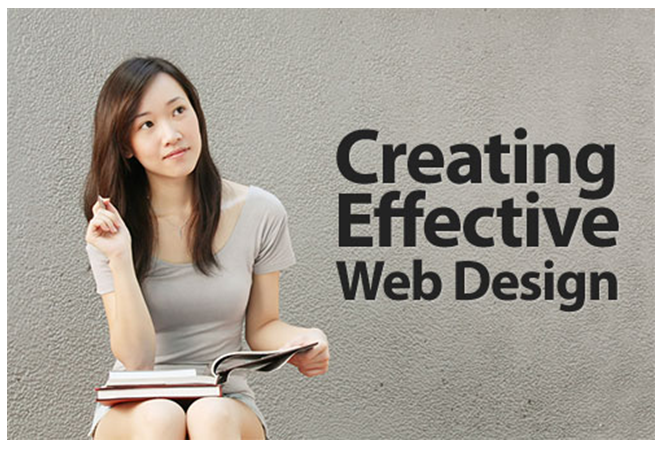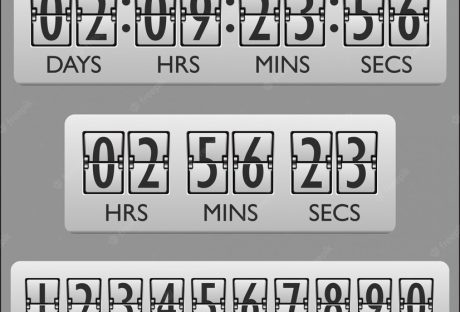Whether you are a professional photographer or someone that is just starting out, you need a website.
To be honest, in the digital age, not having a website for a photographer is a serious disadvantage.
You might think that showcasing your work on social media is enough. That is rarely the case. Social media has several restrictions. Photography is all about details. When you publish your work on social, the platform compresses the imagery and practically dilutes the experience.
If you want your customers to seriously engage with you, you need to consider having an excellent website that can display your portfolio in all its glory.
With a website, you can go with the highest resolution images, biggest sizes and demonstrate your sheer brilliance.
The thing is. Where do you begin, and how do you get a website done with the least amount of effort and costs?
In this resource article, we are going to help you do just that. If you are a photographer that is looking to build a new website or improve your existing one, stick around till the end.
The Start of Building a Photography Website: Choose the Best Website Builders
Building a high-performing photography website is not as tough as you might imagine. It is true that a decade back, that was not the case. You needed help from specialized web design agencies that would take months to deliver a website. Not to mention the unimaginable costs.
In 2022, that is not the case. Photographers are creative professionals who value aesthetics. With a little bit of support from the best website builders, they can get their platforms up and go on their own. This is where Zyro photography website builder proves to be helpful.
Template Selection-
Building a photography website is different from creating one for a brand in the heavy equipment niche. You need appropriate templates that are aesthetic and attractive. A great website builder has multiple photography templates that you can go through and choose the ones that you feel best represent your personality and work.
Creative Freedom-
Working with an agency means listening to their design experts and their complicated jargon all day long. You are not going to face this issue with a website builder. Here you have complete freedom to decide on the sections, flow, and placements. Great options like ‘drag and drop’ enable you to have creative freedom and make decisions on layouts, color schemes, and more.
Zero Distractions-
Building a website earlier required you to have knowledge about coding, HTML, CSS, and PHP. This was a major deterrent. Not anymore. Using a website builder frees you from all these distractions and allows you to build a photography website like you want to. If you do not want to code, no one should force you to do that. This allows you to focus on the website.
List of 5 Essential Things Photography Website Owners Need:
You might have heard experts say that simply building a website is not enough. That is true. In this day and age of competition, you need optimizations and marketing strategies to help you drive traffic, engage your target audiences, and perform on search engines.
In this section, we are going to outline five essential things that photography website owners need to make sure their platforms are a resounding success-
1. Limitless Storage-
Remember how in the opening sections, we talked about the freedom to upload your photography portfolio and not be restricted in terms of sizes and resolutions? That is what a great website builder can help you with- infinite storage space. This allows you to upload your best work and not worry about the website slowing down or lacking performance.
2. Integration with Social Platforms-
There is no denying the fact that social media is an important platform for professionals in the creative field. It is true that social platforms can play a critical part in your success. A good website builder allows you functionalities that help in integrating your social profiles- Facebook, Instagram, Snap, Pinterest, etc. This helps in diverting traffic to your website.
3. Search Engine Optimization-
CSS and PHP websites require developers to go over every small detail to make sure that the website is SEO-friendly and optimized. With website builders, you do not have to worry about these things since the sites are already worked upon and SEO friendly. This will allow you to outperform your competitors on the SERPs and ensure that you get organic clicks and traffic.
4. Responsiveness with Mobile Devices-
It is true that a majority of searches take place on mobile devices. With a website builder, you do not have to engage with manual optimizations to fit your design on mobile screens. This is something that is automatic in nature. Since a lot of your potential customers are going to find and engage with you on mobile devices, a website builder helps you completely here.
5. Digital Marketing and AI Integrations-
Websites are more than just a set of codes. They are a representation of how customers behave, interact, and engage. The best website builder platforms have advanced digital marketing and AI integrations that help create a smart experience whenever someone visits your website. This allows you to manage a lot of the areas which would have required manual interference.
If you are a photographer looking to build your first professional website, this is how you can get it done. The best part is that you do not have to be dependent on anyone to get your website up and running. This will allow you to focus and concentrate on other areas of your business.
The Bottom Line
Most creative professionals that we have spoken to, whether they be writers, photographers, or illustrators, point out that design and development agencies do not really get them. That is true. When it comes to the creative fields, a website is all about individuality and self-expression.
When you build a photography website using a builder, you have complete freedom on how you want it to be. There is zero interference from someone telling you that this is wrong or that you shouldn’t be doing this. You can create a website that is ‘you’.
If you have any other doubts regarding building your photography website, please let us know in the comments below. We will do our best to resolve all your queries as soon as possible.
Till then- all the best to you and your photography website!






















